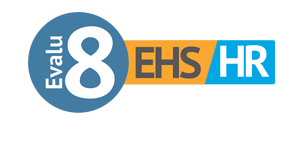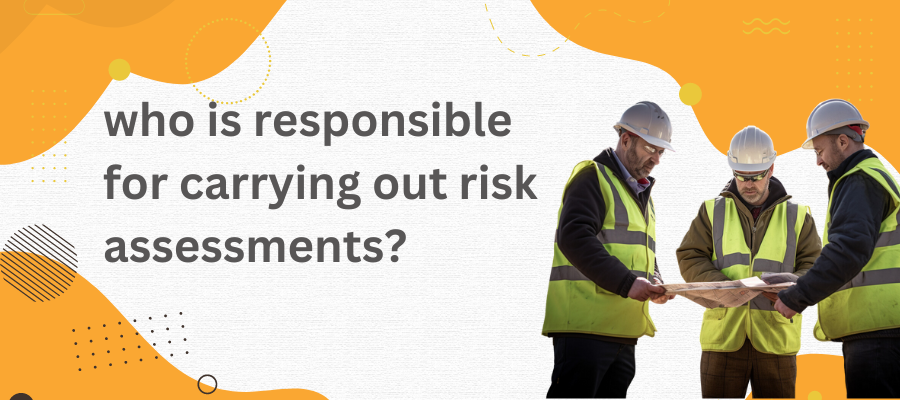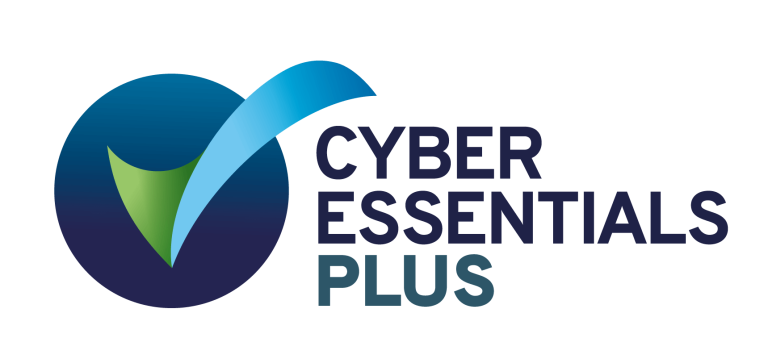Risk assessments are an essential part of any safety management system. They help identify and evaluate potential risks in the workplace, estimate the likelihood of harm or damage, and implement measures to control or mitigate these risks. But who exactly is responsible for carrying out risk assessments? In this article, we’ll explore everything you need to know about risk assessments and the roles involved in conducting them.

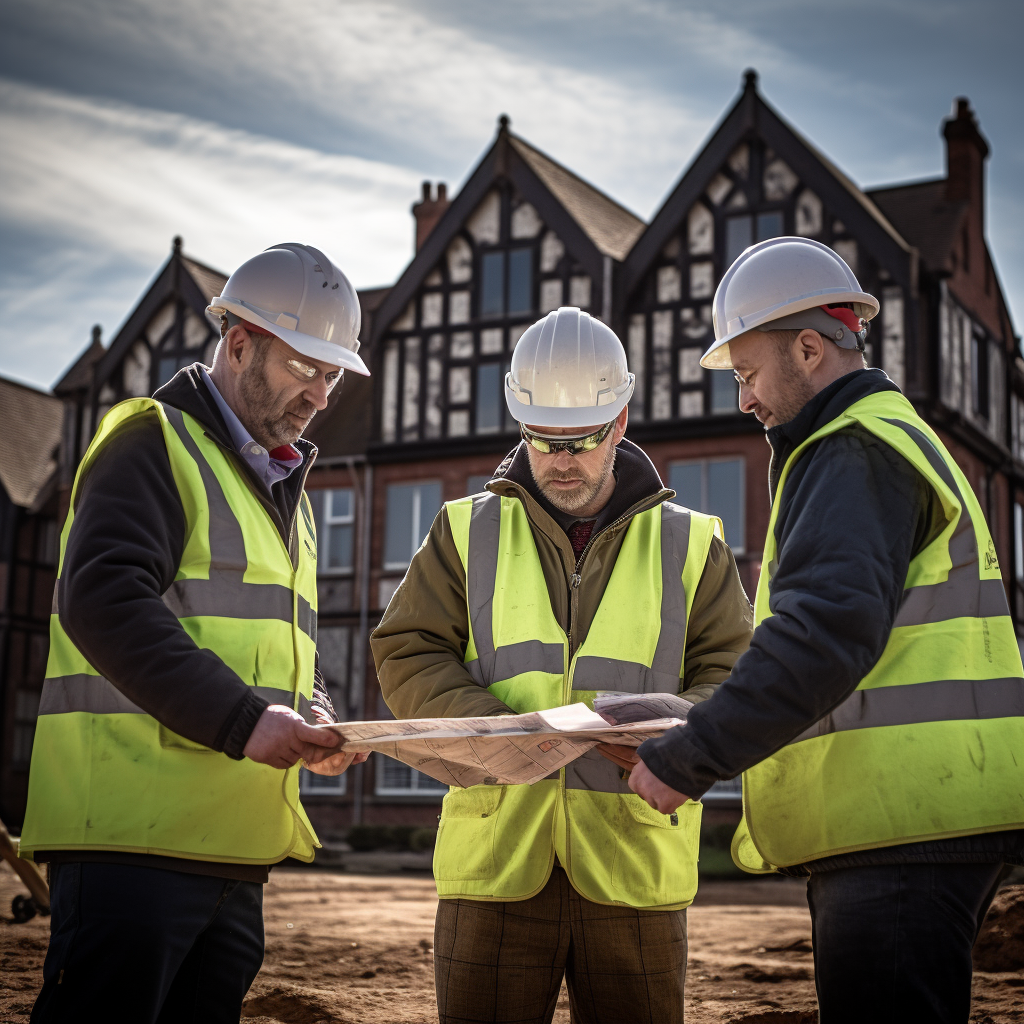
Understanding risk assessments
Definition of risk assessments
A risk assessment is a systematic process of identifying potential hazards in the workplace, analyzing the risks associated with them, and implementing control measures to minimize or eliminate them. The goal of a risk assessment is to provide a safe and healthy work environment for employees, and to avoid accidents, injuries, or other types of harm.
When conducting a risk assessment, it is important to consider all potential hazards that may be present in the workplace. These can include physical hazards such as machinery or equipment, chemical hazards such as toxic substances, biological hazards such as bacteria or viruses, and ergonomic hazards such as repetitive motion or poor posture.
Risk Assessments Made Easy With Evalu-8 EHS
Designed to help you effortlessly create comprehensive risk assessments in just a few clicks. Say goodbye to time-consuming manual processes. With real-time insights, customisable templates, and seamless collaboration features, Evalu-8 EHS streamlines risk management.
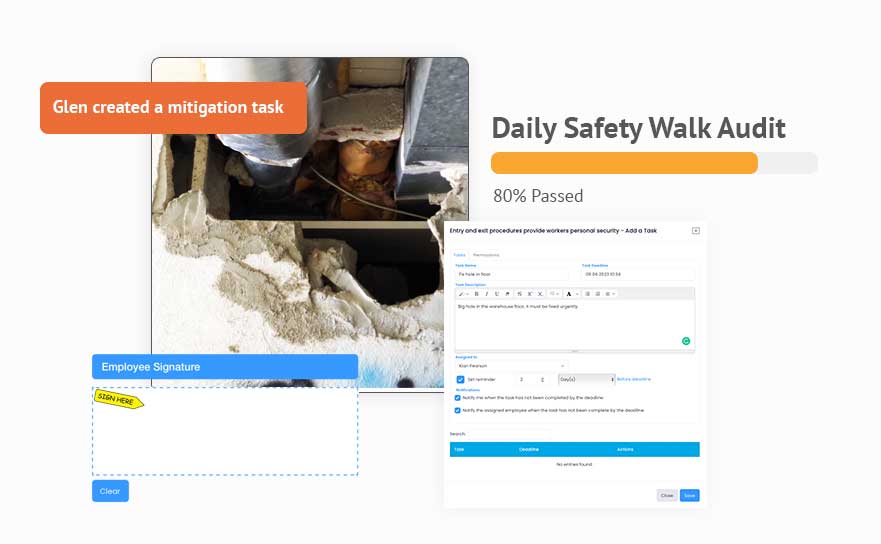
Once potential hazards have been identified, the next step is to analyze the risks associated with them. This involves assessing the likelihood and severity of harm that could result from exposure to the hazard. Based on this analysis, control measures can then be implemented to minimize or eliminate the risk.
Importance of risk assessments in various industries
Risk assessments are crucial in many industries, from construction and manufacturing to healthcare and education. In the construction industry, for example, risk assessments are used to identify potential hazards such as falling from heights, electrocution, or being struck by falling objects. By implementing control measures such as safety harnesses, hard hats, and guardrails, employers can reduce the risk of accidents and injuries.
In the healthcare industry, risk assessments are used to identify potential hazards such as exposure to infectious diseases, slips and falls, and workplace violence. By implementing control measures such as personal protective equipment, proper hand hygiene, and security protocols, healthcare workers can reduce the risk of harm to themselves and their patients.
Similarly, in the education industry, risk assessments are used to identify potential hazards such as slips and falls, exposure to hazardous materials, and violence. By implementing control measures such as non-slip flooring, proper ventilation, and security measures, schools can create a safer environment for students and staff.
Overall, risk assessments are an important tool for businesses and organizations to ensure the safety and health of their employees. By identifying potential hazards and implementing control measures, employers can reduce the risk of accidents, injuries, and other types of harm, creating a safer and more productive workplace environment.
Industry-specific regulations and guidelines
Many industries have their own specific regulations and guidelines which require or recommend risk assessments be carried out. For example, in healthcare, risk assessments may focus on preventing the spread of infection, while in construction, assessments may focus on preventing falls from heights. It is essential to know the specific guidelines and regulations for your industry when conducting a risk assessment.
In the healthcare industry, risk assessments are crucial for identifying potential sources of infection and implementing measures to prevent the spread of disease. This may include measures such as hand hygiene protocols, personal protective equipment requirements, and environmental controls such as air filtration systems.
In the construction industry, risk assessments are necessary to identify potential hazards such as falls from heights, electrical hazards, and exposure to hazardous chemicals. Controls may include the use of fall protection equipment, lockout/tagout procedures for electrical equipment, and the use of personal protective equipment such as respirators and gloves.
Other industries, such as the food and beverage industry, may have specific regulations related to food safety and sanitation. Risk assessments in these industries may focus on identifying potential sources of contamination and implementing measures to prevent the spread of foodborne illness.
Regardless of the industry, conducting regular risk assessments is essential for maintaining a safe and healthy workplace. By identifying potential hazards and implementing controls to mitigate those hazards, employers can protect their employees and avoid costly fines and penalties for noncompliance with regulations.
Roles and responsibilities in risk assessment
Risk assessment is a critical process in ensuring workplace safety. It involves identifying potential hazards and assessing the risks they pose to employees and others in the workplace. The following are the roles and responsibilities of different parties involved in the risk assessment process:
Employers’ responsibilities
Employers have the primary responsibility for managing risk assessments in the workplace. They must ensure that all employees are aware of the risk assessment process and its importance in maintaining a safe working environment. Employers are responsible for implementing any control measures identified in the assessment to reduce or eliminate risks. Additionally, they must ensure that any hazards or risks are identified and reported in a timely manner.
Employers should also ensure that employees receive adequate training in risk assessment and control measures. This will enable them to identify hazards and report any concerns they may have. Employers must also ensure that employees are provided with appropriate personal protective equipment (PPE) where necessary.
Employees’ responsibilities
Employees have a responsibility to cooperate with employers during the risk assessment process. They should report any hazards or concerns they may have to their employer or health and safety representative. Additionally, employees must be aware of the control measures implemented and follow them correctly to ensure safety in the workplace.
Employees should also take responsibility for their own safety by following safe working practices and using PPE where necessary. They should report any incidents or near misses to their employer or health and safety representative to help identify any additional risks or hazards.
Health and safety professionals’ roles
Health and safety professionals have extensive expertise in identifying hazards and risks in the workplace. They can be instrumental in conducting risk assessments and providing recommendations for mitigation measures. They also have a responsibility to provide guidance and support to employers and employees during the risk assessment process.
Health and safety professionals should work closely with employers and employees to ensure that risks are identified and managed effectively. They should provide advice on control measures, PPE, and safe working practices. They should also monitor the effectiveness of control measures and recommend changes where necessary.
In conclusion, effective risk assessment requires the cooperation of all parties involved. Employers, employees, and health and safety professionals all have important roles to play in identifying and managing risks in the workplace. By working together, they can ensure a safe and healthy working environment for all.
Steps in conducting a risk assessment
Conducting a risk assessment is an essential step in ensuring workplace safety. By identifying potential hazards and assessing the risks associated with them, employers can take proactive measures to prevent accidents and injuries
Below are some additional details on each step of the risk assessment process:
Identifying hazards
When identifying hazards in the workplace, it is important to consider all aspects of the work environment. This can include physical hazards such as machinery and equipment, chemical hazards such as exposure to toxic substances, biological hazards such as exposure to infectious diseases, and ergonomic hazards such as repetitive motions or awkward postures. It is also important to consider any potential hazards that may arise from the work environment itself, such as poor lighting or ventilation.
One effective way to identify hazards is to conduct a walkthrough of the work environment, looking for any potential hazards and taking note of them. It can also be helpful to consult with employees and gather their input on any potential hazards they may have encountered in their work.
Assessing the risks
Once hazards have been identified, it is important to assess the risks associated with each of them. This can involve considering the likelihood of harm occurring, the severity of harm that could result, and the potential consequences associated with each hazard. For example, a hazard that is likely to occur and could result in severe harm may require more immediate attention than a hazard that is less likely to occur and may result in less severe harm.
It is also important to consider any factors that may increase or decrease the risks associated with a hazard. For example, the use of personal protective equipment may reduce the risks associated with a hazardous task, while lack of training or experience may increase the risks.
Implementing control measures
Once risks have been assessed, it is necessary to implement control measures to reduce or eliminate the identified hazards. This can involve a variety of strategies, including engineering controls such as physical barriers or ventilation systems, administrative controls such as training or new policies and procedures, and personal protective equipment such as gloves or respirators.
It is important to ensure that any control measures implemented are monitored and maintained to ensure their ongoing effectiveness. This may involve regular inspections of equipment or training programs to ensure that they are being followed correctly.
Monitoring and reviewing the risk assessment
Finally, regular monitoring and review of the risk assessment is essential to ensure ongoing safety in the workplace. This may involve periodic reassessments of the work environment and any potential hazards, as well as regular reviews of the effectiveness of any control measures that have been implemented.
It is also important to stay up to date on any changes in regulations or industry standards that may impact the risk assessment process. This can help ensure that the risk assessment remains effective and in compliance with any relevant requirements.
Conclusion
In conclusion, risk assessments play a crucial role in ensuring workplace safety and reducing liability for businesses. Employers have the primary responsibility for conducting risk assessments, but employees and health and safety professionals also play essential roles in this process. By following the above steps, businesses can effectively identify hazards, evaluate risks, and implement control measures, ultimately leading to a safer work environment for employees.
See Evalu-8 EHS in action
The leading choice of EHS software for small to large companies in the manufacturing sector that want to get control of there safety
